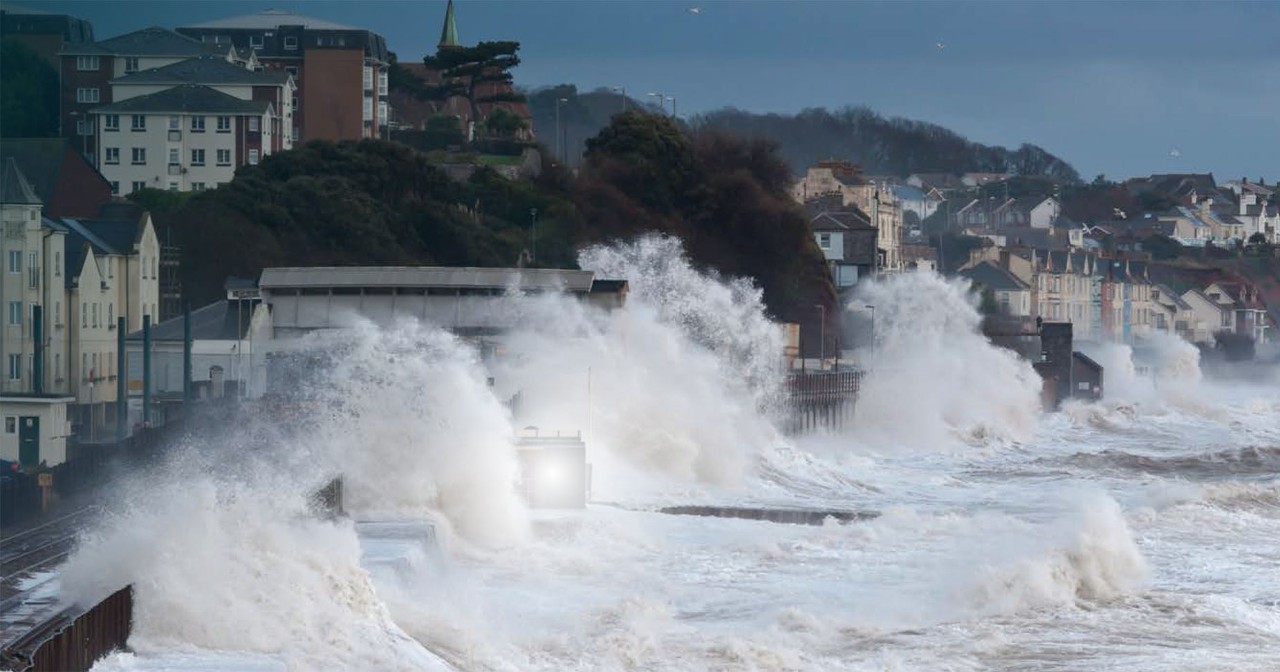GDP worse than already bad expectations
- GDP in the first quarter of 2020 fell -4.8% q/q annualized, worse than expectations of around -3.5%. It was the biggest decline since the Great Recession.
- Not surprisingly, consumption was responsible for most of the decline, falling -7.6%, a 40-year record, as government directives to stay-at-home and close non-essential businesses put a severe drag on the economy.
- But it wasn’t just consumption that suffered. Overall investment fell a sharp -5.6% as well.
- Within that component business investment fell -8.6%, again the worst since the middle of the Great Recession, with dramatic losses in every subcomponent.
- One saving grace was that residential investment rose +21%, perhaps because of warm weather construction before the shut-in.
- The statement accompanying the release noted, “The GDP estimate released today is based on source data that are incomplete or subject to further revision…The full economic effects of the COVID-19 pandemic cannot be quantified in the GDP estimate for the first quarter of 2020 because the impacts are generally embedded in source data and cannot be separately identified.”
- In other words, there is a great deal of uncertainty about the next revision of Q1 GDP, due to be released on May 28.
- We expect Q2 GDP to be far worse at -30% q/q with a risk to the downside, followed by a recovery thereafter in Q3 and Q4.
- For the year we expect insolvencies to rise a steep 25%, the most since the Great Recession.
Fed signals commitment to do whatever is necessary
As expected the Federal Reserve made no change to policy at its meeting today. However, it sent a very clear message that it stood ready to do whatever it takes to support the economy.
- The Fed completely re-wrote its normal statement and included several impactful messages. Sometimes, like today, the statement alone sends a very strong message (emphasis mine):
- “The Federal Reserve is committed to using its full range of tools to support the U.S. economy in this challenging time, thereby promoting its maximum employment and price stability goals.”
- “The coronavirus outbreak is causing tremendous human and economic hardship across the United States and around the world. The virus and the measures taken to protect public health are inducing sharp declines in economic activity and a surge in job losses. Weaker demand and significantly lower oil prices are holding down consumer price inflation. The disruptions to economic activity here and abroad have significantly affected financial conditions and have impaired the flow of credit to U.S. households and businesses.”
- “The ongoing public health crisis will weigh heavily on economic activity, employment, and inflation in the near term, and poses considerable risks to the economic outlook over the medium term. In light of these developments, the Committee decided to maintain the target range for the federal funds rate at 0 to 1/4 percent. The Committee expects to maintain this target range until it is confident that the economy has weathered recent events and is on track to achieve its maximum employment and price stability goals.”
- In addition, Fed Chair Powell made the unusual move to wade into fiscal policy, barely skirting around politics. He complimented Congress and the President on their $2.6T of fiscal support so far, but also said, “Will there be a need to do more though? I think the answer will be yes.” Regarding the resulting deficits, he replied, “This is not the time, in my personal view, to let that concern, which is a very serious concern, get in the way of us winning the battle”.
- Powell also said of the extraordinary new lending measures enacted over the past several weeks, “We’re going to not be in any hurry to withdraw these measures or to lift off. We’re going to wait until we’re quite confident that the economy is well on the road to recovery.”
Bottom line: policy unchanged, a commitment to do whatever is needed, and a call for more fiscal policy.
















